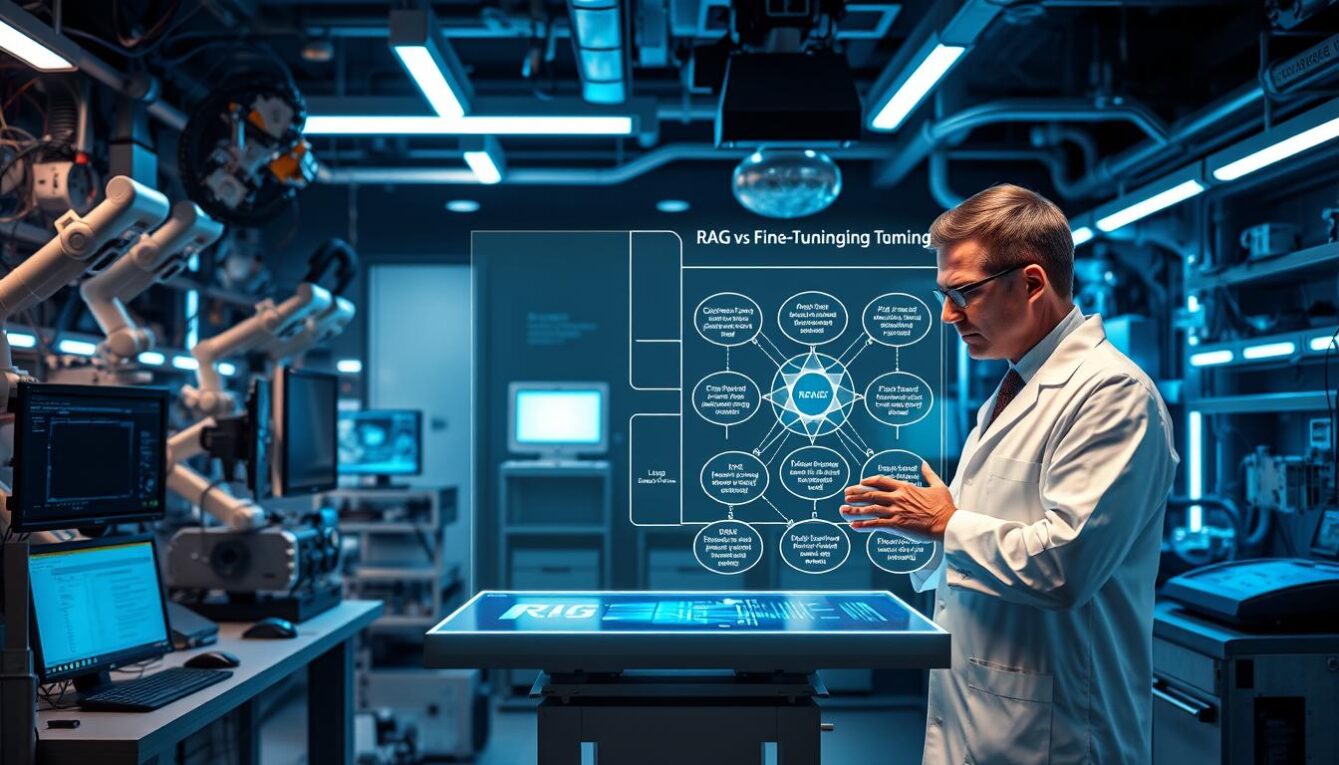Machine Learning Model Debugging: Techniques and Tips ===
Machine learning models have become an integral part of our lives, powering everything from personalized recommendations to autonomous vehicles. However, building and deploying these models is not without its challenges. One such challenge is debugging, which involves identifying and resolving issues that arise during the model development and deployment process. In this article, we will explore the techniques and tips for effectively debugging machine learning models, from understanding the importance of model debugging to leveraging visualization tools and collaborative debugging techniques.
=== Understanding the Importance of Model Debugging ===
Debugging machine learning models is crucial as it ensures the models perform as expected and make accurate predictions. Without proper debugging, models may produce erroneous results, leading to unreliable outputs and potentially harmful consequences. By debugging, data scientists can identify and fix issues such as biased predictions, overfitting, or underfitting, improving the overall performance and reliability of the models. Model debugging is not only essential for the development phase but also for the maintenance and improvement of the models in real-world scenarios.
=== Uncovering the Common Challenges in Debugging ML Models ===
Debugging machine learning models presents several challenges that data scientists need to overcome. One common challenge is the interpretability of complex models. Deep learning models, for example, often involve numerous layers and parameters, making it challenging to understand their decision-making process. Another challenge is dealing with overfitting, where the model performs well on the training data but fails to generalize to unseen data. This issue requires careful analysis and modification of the model architecture or hyperparameters. Additionally, debugging models that rely on large amounts of data can be time-consuming and resource-intensive. Addressing these challenges requires a combination of domain knowledge, analytical skills, and the right debugging techniques.
Conclusion: Mastering the Art of Model Debugging ===
Effective model debugging is a crucial skill that every data scientist should master. It not only helps in building robust and reliable machine learning models but also ensures their continuous improvement and maintenance. By understanding the importance of model debugging, uncovering common challenges, and exploring effective techniques and tips, data scientists can enhance their ability to debug models effectively. Collaboration and leveraging visualization tools further contribute to successful model debugging. As the field of machine learning continues to evolve, it is important to stay updated with the latest trends and innovations in model debugging to tackle increasingly complex challenges. With dedication and practice, data scientists can become proficient in the art of model debugging and contribute to building more trustworthy and accurate machine learning models.










